Sony Xperia Ear Bluetooth headset review
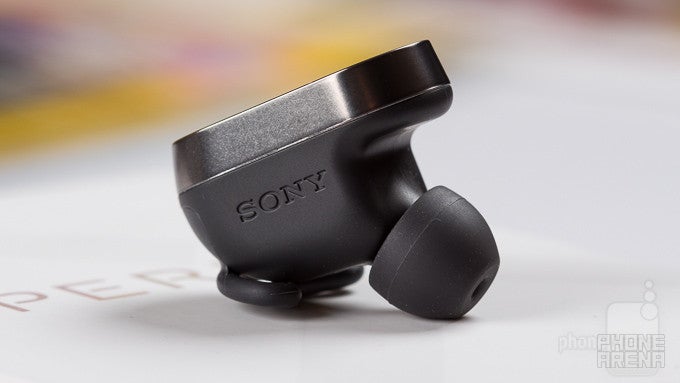
Introduction
It was about six years ago when I wrote my first review. The device I tested was a basic and affordable Bluetooth headset – one that was good for making phone calls, but couldn’t do anything else. Fast-forward to present day, and stacking that against the Sony Xperia Ear would be like comparing a tin can telephone to a last-generation flagship smartphone. Or to put it in other words, Sony’s accessory aims to deliver a lot more beyond crystal-clear phone calls.
The Sony Xperia Ear is designed to be “your personal assistant” – one that knows your schedule, that listens and responds to your queries, that guides you while you walk or drive, that handles your phone calls and relays your text-based communication. With its help, you’ll be spending more time interacting with the world around you while reaching for your smartphone a lot less often. These are the expectations that the Xperia Ear sets, but does it perform well enough to justify its $200 asking price? I used it for a week to find out.
In the box:
- Sony Xperia Ear headset
- Battery case for charging and carrying
- Small, medium, and large eartips
- Small, medium, and large ear hooks
- Quick start guide and other papers
Design and comfort
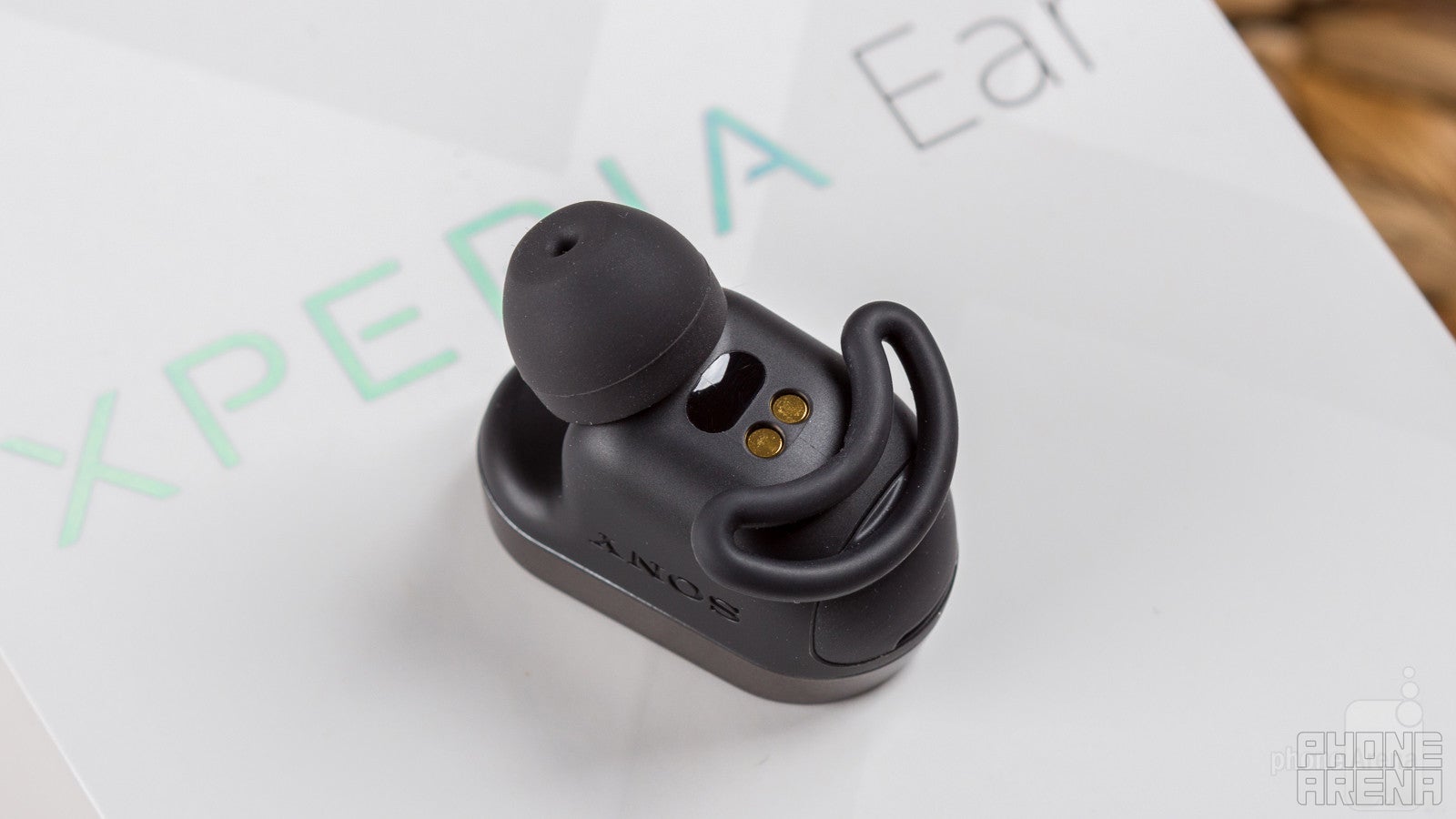
The Sony Xperia Ear is small, light, and shaped to follow the natural curves of the earlobe, so it comes as no surprise that it easily stays firmly attached to my ear. It also helps that Sony has included a whole bunch of ear gels and hooks in the set, allowing me to mix and match to find the best possible fit. I used the medium-sized eartip throughout my testing and I never had the headset come loose or fall off by accident. Better yet, the device is discrete and unobtrusive, so I don’t really draw much attention while wearing it.
However, I didn’t find the Xperia Ear comfortable to use for long periods of time, and its shape or size had nothing to do with that. While worn with the eartip I had chosen, the accessory maintained a tight seal over the ear canal, meaning that I was basically deaf to the outside world with the ear I’m wearing it on. I found this disorienting and annoying, not to mention that the sound of my voice was now resonating inside my ear. The solution was to use a smaller eartip – one that doesn't block the ear canal – but that couldn't maintain the same level of grip as the larger eartips provided in the box. Eventually, I got used to wearing the Xperia Ear for hours throughout the day, although I can't say that I was having a great time. But since everyone's ear shape is different, your experience may differ. Who knows, you might find the device more comfortable to wear than I did.
There’s a single button on the Sony Xperia Ear, and while it’s not clearly visible, it is easy to find by touch thanks to a tiny bump over its location. It is used for interacting with the headset – a single press puts the Assistant feature in listening mode, while a long press can be programmed to perform a specific function, such as triggering Google Now or calling a contact.
Next to the button is placed a single multi-color LED providing some basic status indication. Don’t worry – it does not blink every 5 seconds to distract everyone around you. It glows when the Xperia Ear is in pairing mode or speaking to you, and a green light lets you know when it is done charging.
User experience and functionality
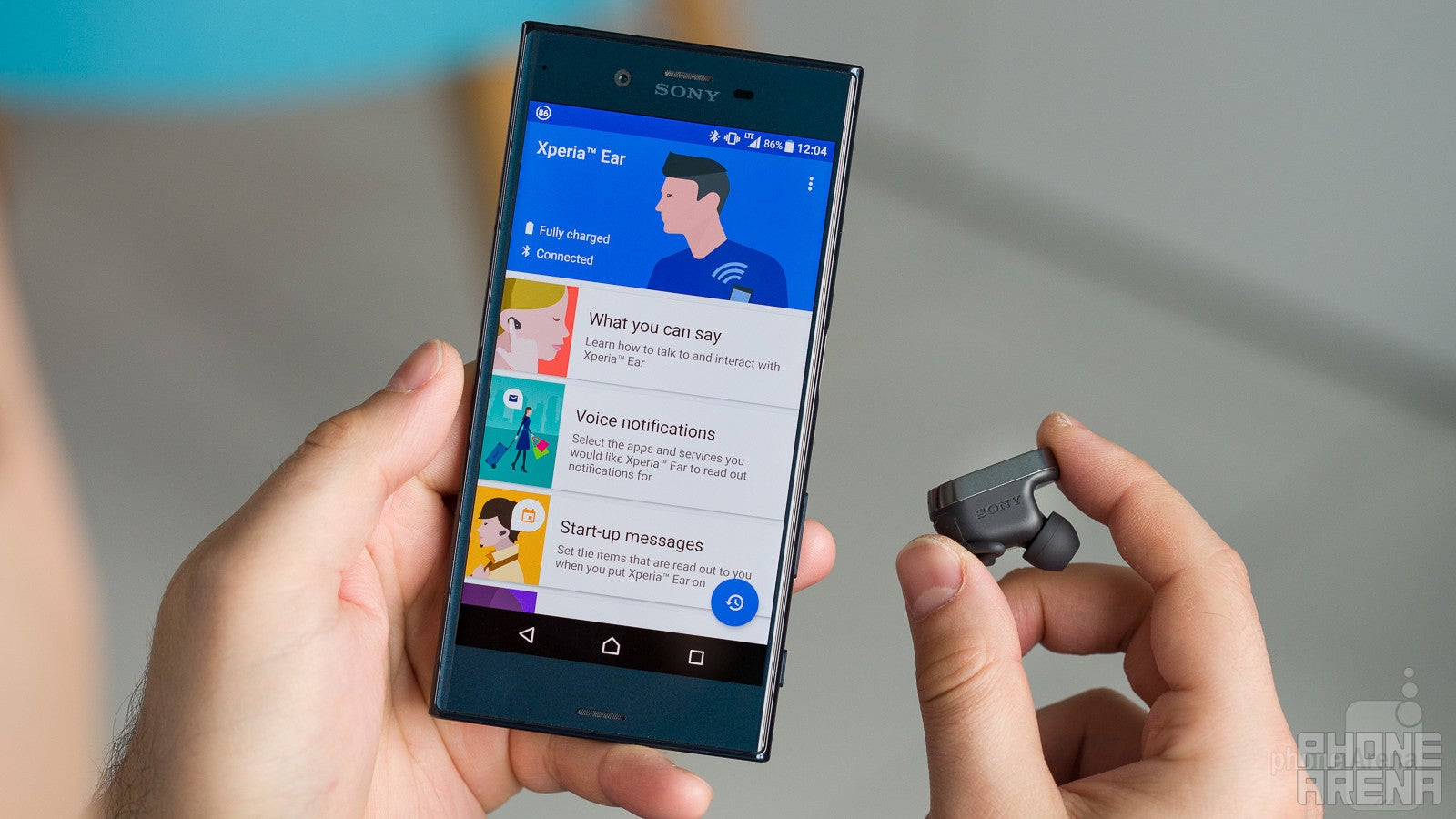
For the purpose of this review, I had the Sony Xperia Ear paired with the Sony Xperia XZ – the company’s latest flagship Android phone. I paired the two devices and, as instructed, opened the Google Play Store to get the Xperia Ear companion app. I needed the latter to take advantage of all the assistive features Sony had built into its device. The whole setup process was pretty straightforward and took around 15 minutes to finalize. That included downloading a voice data pack and the latest firmware for the Ear.
Keep in mind that the Xperia Ear should be compatible with non-Sony Android devices as well, as long as they run Android 4.4 KitKat or higher. iPhone owners can also use the headset, but in that case, Sony’s Assistant will be inaccessible. Pressing the button to trigger it will launch Siri instead, which actually isn’t that bad of an alternative.
Now to answer the big questions: what can you do with Sony’s Assistant and how well does it get the job done? First things first: the Xperia Ear can handle the basics, such as making calls and sending texts or dealing with alarms and timers. It does a mostly great job at recognizing the names of my contacts and interpreting commands that might follow. It can also add calendar appointments and read out my schedule without a problem.
Furthermore, the Xperia Ear's functionality extends into the territory of third-party apps: every incoming email or message via Facebook, WhatsApp, Hangouts or Twitter is read to me (as long as it is in English; not all IM apps are supported). I can also look things up on Wikipedia and ask for directions via Google Maps. Some “smart” features include the option to have the Ear deliver relevant information once you put it on: news headlines, upcoming events, weather conditions, and more. Then it mutes itself the moment I take it off. The headset can also detect head gestures which are interpreted as a “Yes” or a “No” when my input is required.
And now here’s where Sony’s Assistant falls short. Firstly, the digital voice it speaks with isn’t as clear as that of Google Now or Siri. Emails that it reads out can be difficult to comprehend due to its lack of fluidity. Secondly, some actions leave plenty of room for improvement. For example, when I ask it to start navigating to a certain destination, it will only display the route on my phone. Navigation will not start until I take my phone out to confirm that in Google Maps. Also, while you can respond to third-party instant messages once they arrive, you can’t send new messages, except for regular texts. On top of all that, you can’t ask it to turn the sound volume up or down, you can’t ask it to read the last message you received, and I could never set a reminder or an alarm that was less than an hour away in time. For the record, Siri or Google Now can handle such commands just fine.
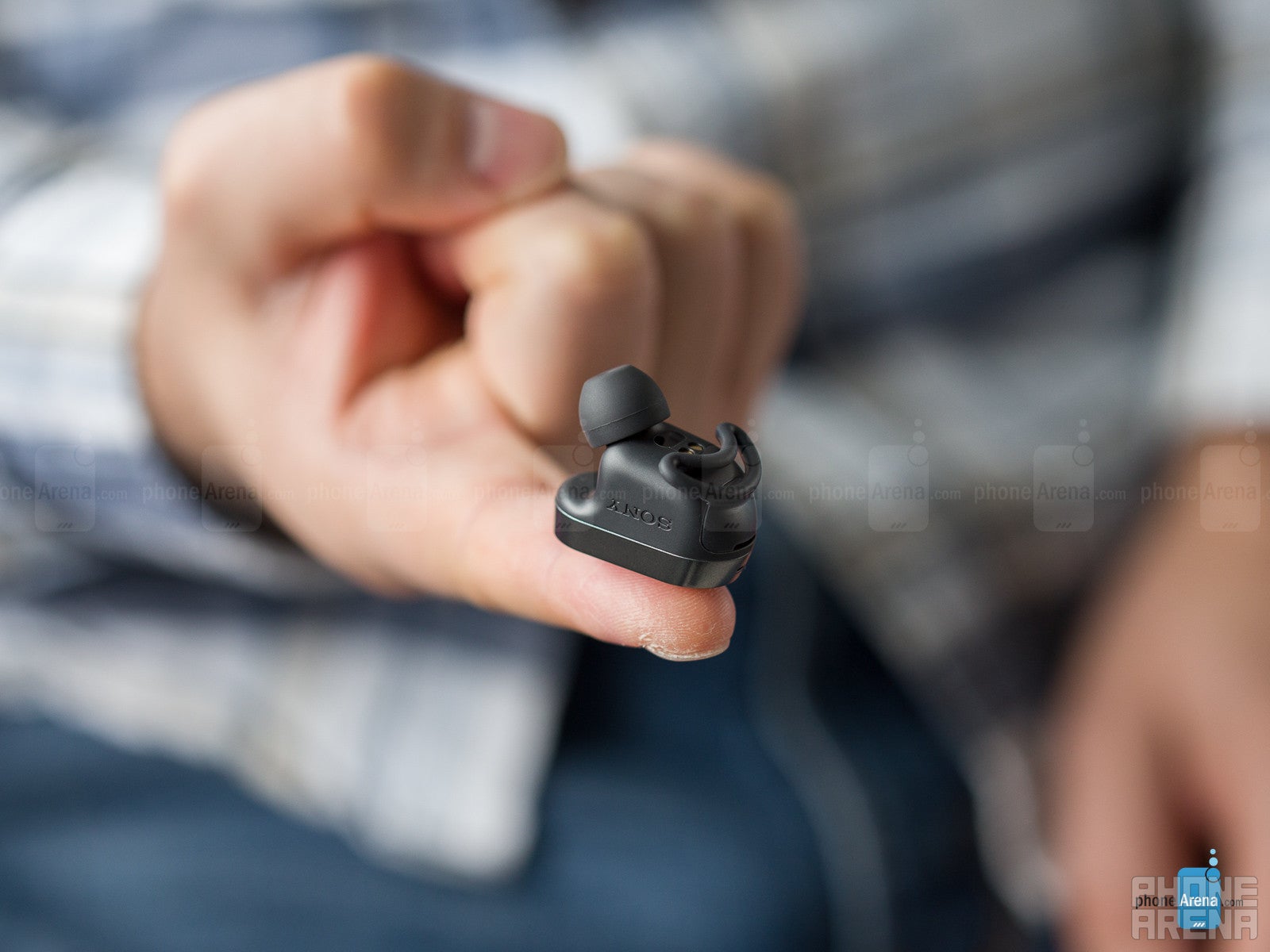
While I wish these were all the disappointing experiences I could to share, the list goes on. For example, here’s a real-life dialog I recently had with the Xperia Ear in order to have my text sent across:
Me: *presses the button on the Ear to activate the Assistant*
Xperia Ear: I’m listening… *beep* (actually, the Ear starts listening after the beep, so I have to wait for it)
Me: Send a text message to Victor Hristov Mobile: “This is a test”
Xperia Ear: Is it Victor Hristov Mobile you would like to text?
Me: Yes.
Xperia Ear: Would you like to send the following: “mobile this is a”?
Me: No.
Xperia Ear: What’s your message?
Me: This is a test.
Xperia Ear: Would you like to send the following: “This is a test”?
Me: Yes.
Xperia Ear: Your message has been sent to Victor Hristov Mobile.
And here’s how Google Now handles the same command:
Me: *activates Google Now*
Google Now: *beep beep*
Me: Send a text message to Victor Hristov Mobile: “This is a test, comma, probably the last one, smiley face”
Google Now: Here’s your message: “This is a test, probably the last one :)” Would you like to send or edit?
Me: Send.
Google Now: Okay, message sent.
To be clear, you are not limited to using Sony's Assistant only, and you're free to disable action confirmations. You may also configure the Xperia Ear to activate Google Now when you long-press the button on its side. By doing so, you will still get the spoken notifications from Sony's solution, but you'll be also able to reach Google Now for more sophisticated queries and commands.
Sound quality and connectivity
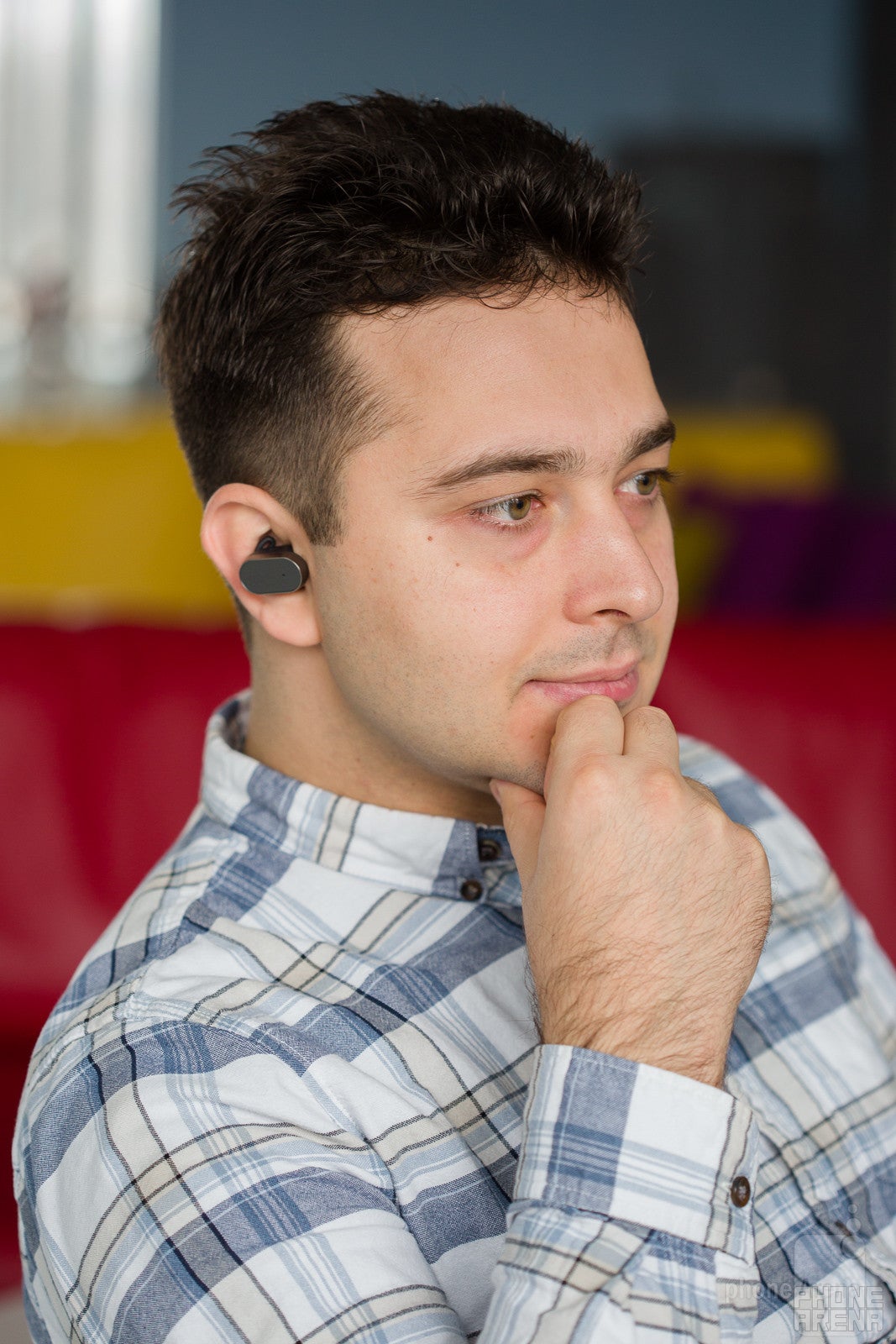
But when I listen to media playing on my phone – to music over Spotify, for example – sound quality is actually pretty good. I often used the Xperia Ear whenever I wanted to watch a YouTube video without disturbing anyone around me. It is also suitable for having chats over apps like Skype or Facebook Messenger.
The Xperia Ear connects to a device over Bluetooth 4.1 and it normally maintains a steady connection even at distances of 30-40 feet, as long as there’s nothing in the way. However, I’ve experienced choppiness at much closer distances more than once throughout my testing, sometimes even with the phone in my pocket. I’ve also had the Xperia Ear disconnect from the phone on its own a couple of times, not sure why.
Battery life
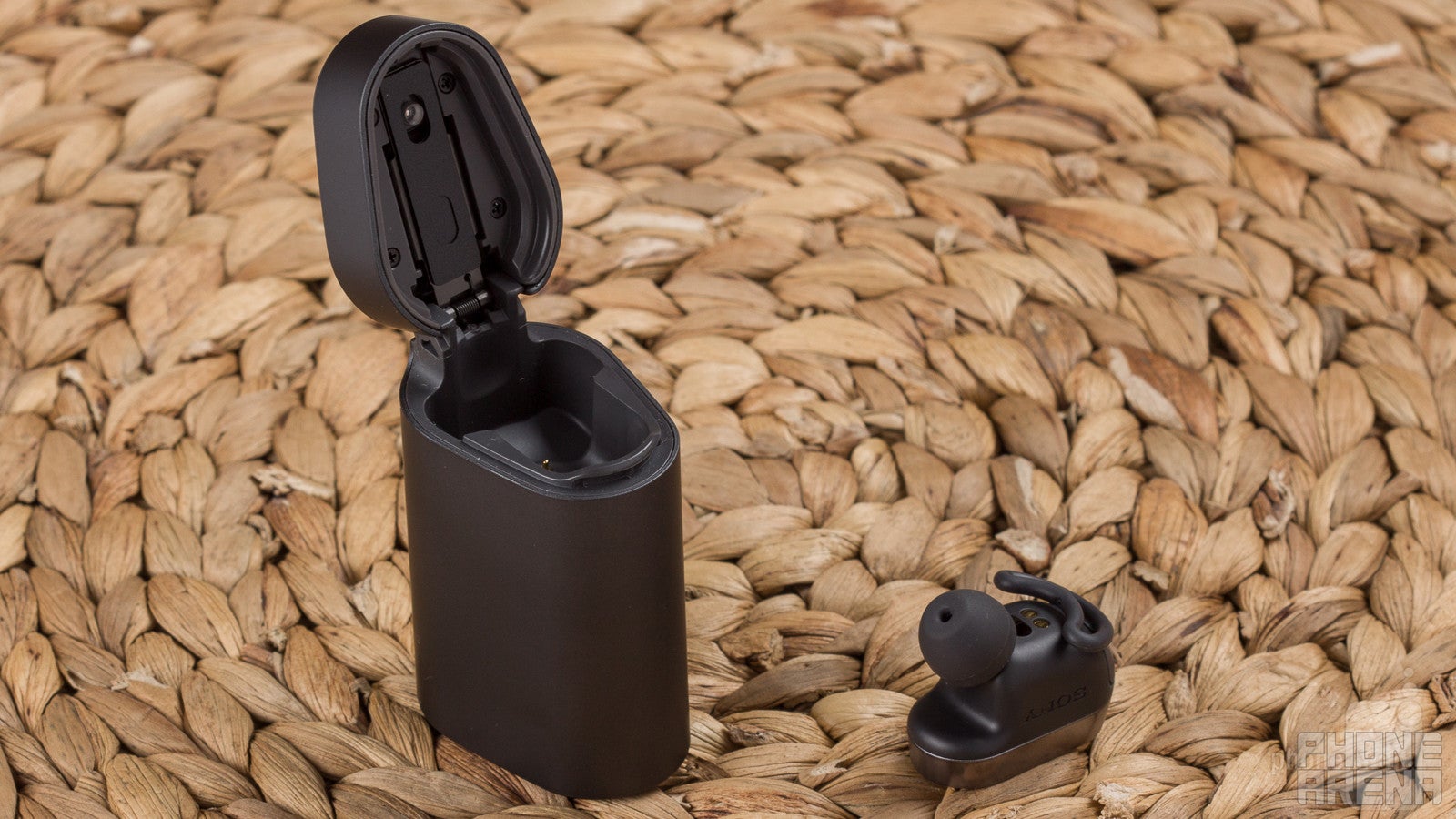
According to Sony, the Xperia Ear can last through 4 hours of talk time per charge, which isn’t bad, but isn’t a whole lot either. In any case, that should be enough to get most people through the day. Of course, usage time may vary, depending on what you’re using the Xperia Ear for. In my experience, listening to music, podcasts, or YouTube videos drains its battery faster – in under 3 hours from a full charge.
Heavy users may take advantage of the small, light, and convenient carrying case, which doubles as a portable charger. It holds enough charge to provide 3 full top-ups, and a complete charge of the headset takes only about 30 minutes – not bad at all. Keep in mind that the carrying case is your only means of charging the Xperia Ear, so try not to lose it.
Another thing worth pointing out is that the case itself charges over a microUSB connection, but a microUSB cable is not included in the set. There’s no wall charger either. That seems odd at first, but when you think about it, microUSB cables are cheap and ubiquitous – I'm sure that most people have one already, bundled with another gadget. On the other hand, a headset costing $200 is expected to come fully loaded out of the box.
Conclusion
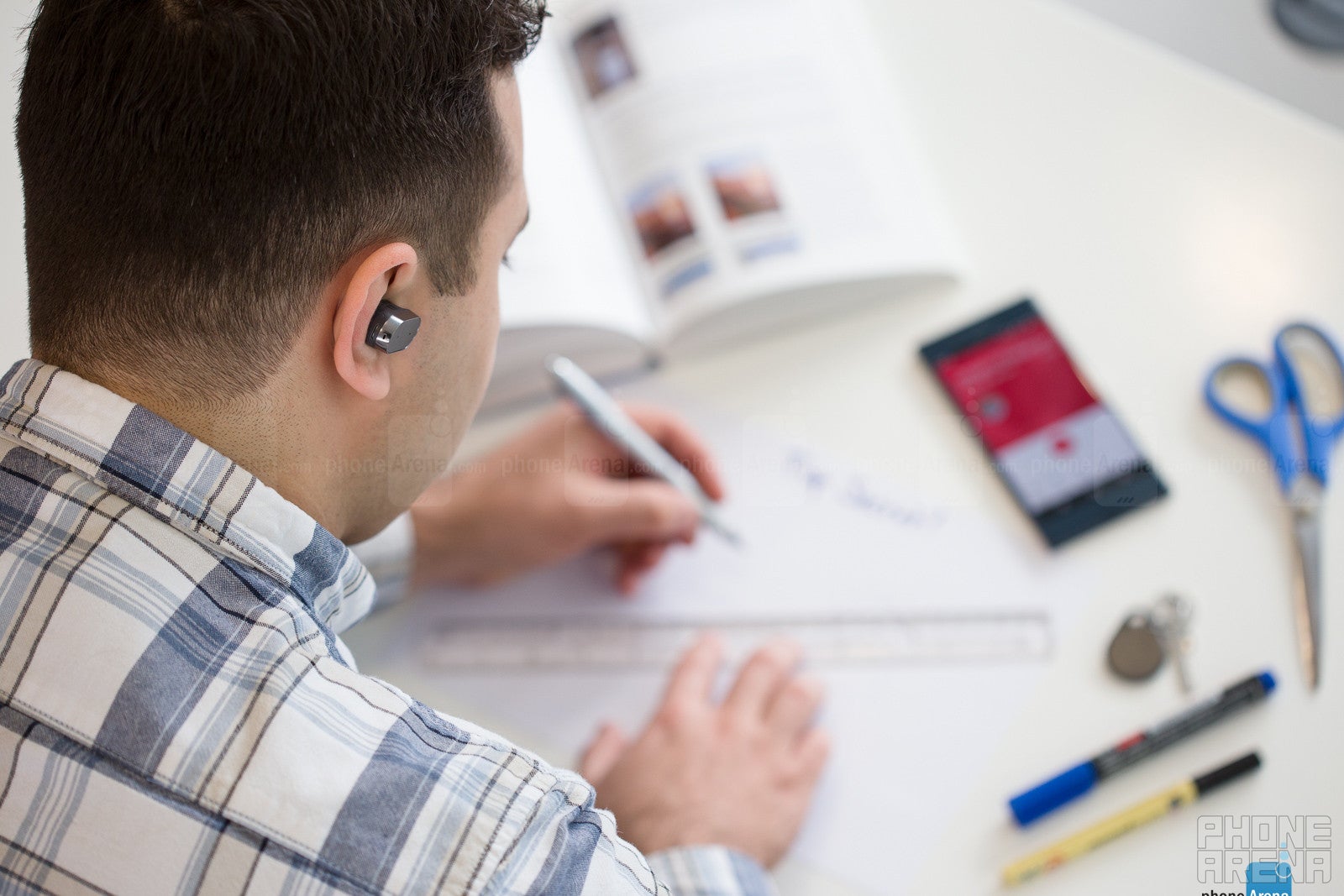
Sony is no stranger to making great products. It gave the world the Walkman and PlayStation, it makes outstanding digital cameras and TVs, and its highly acclaimed imaging sensors are in use on most popular smartphones on the market.
Alas, the Sony Xperia Ear disappoints on many levels. As a Bluetooth headset, it delivers phone call quality that is average at best, and the occasional connection issues I experienced are a big red flag about the product's reliability. As a personal assistant, Sony's solution feels limited and half-baked, with not much to give it an advantage over Siri or Google Now. Moreover, I'm pretty sure that most people would feel uncomfortable speaking commands to their Bluetooth headset in public.
Of course, it is not without its stand-out points. For instance, the Xperia Ear will speak out the news, the weather, and some of the instant messages you'll be getting, which some might find useful. But is this luxury worth $200? I don't think so.
Follow us on Google News



![Some T-Mobile users might be paying more starting in March [UPDATED]](https://m-cdn.phonearena.com/images/article/176781-wide-two_350/Some-T-Mobile-users-might-be-paying-more-starting-in-March-UPDATED.webp)









Things that are NOT allowed:
To help keep our community safe and free from spam, we apply temporary limits to newly created accounts: